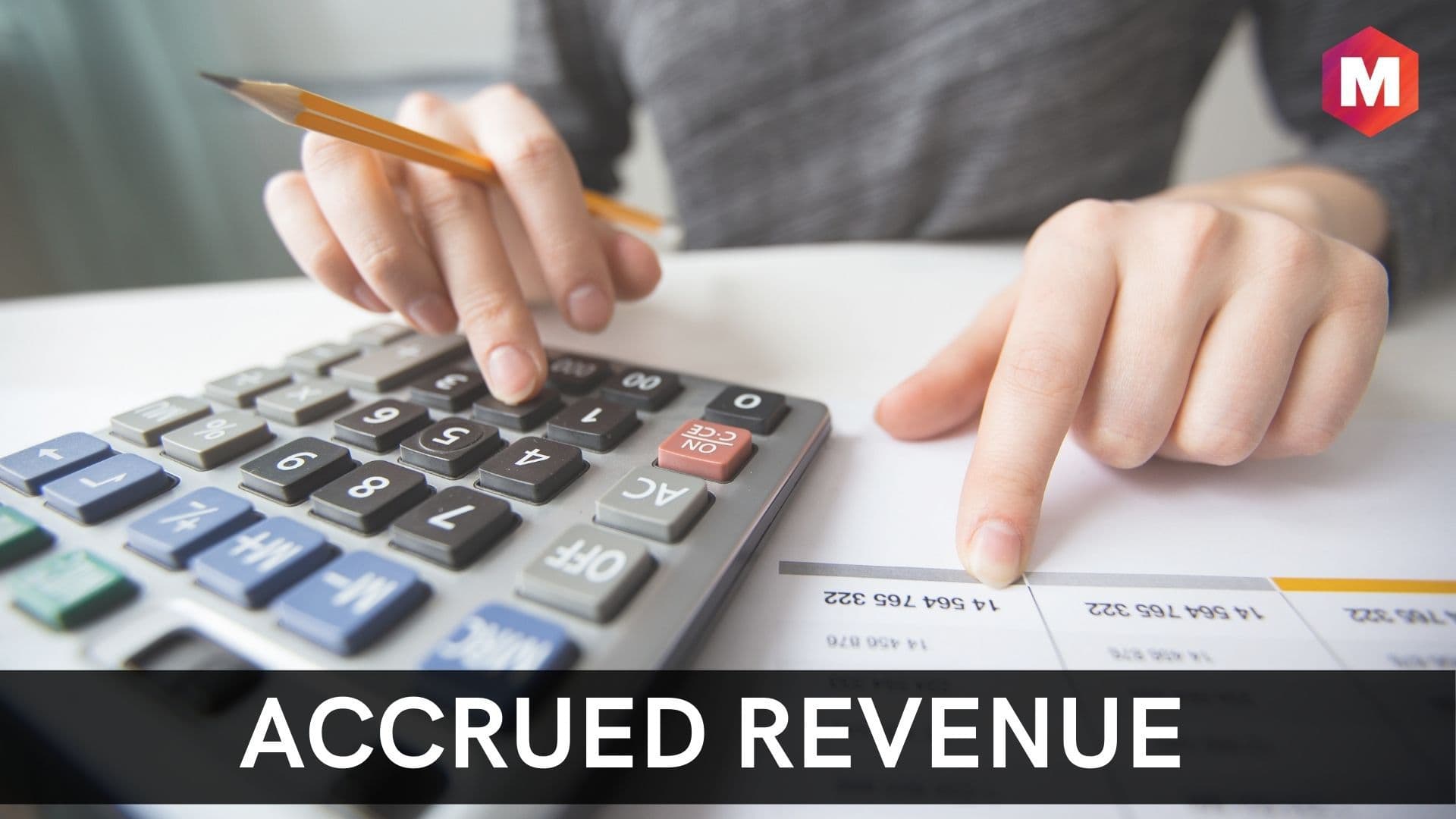
Transfer Pricing - Definition, Working, Methods and Example | Marketing91
Transfer Pricing – Definition, Working, Methods and Example
July 10, 2021 By Hitesh Bhasin Tagged With: Management articles
Transfer pricing (TP) can be understood as the procedure that globally expanded organizations follow while transferring merchandise or goods starting with one division then onto the next division, subsidiary, or to any related party.
This system is designed for the dispersion of taxable profits in various nations. It is also used for allocating profits and losses for every individual division of the organization.
The policies associated with transfer pricing play a crucial role in deciding the income for the nations of manufacturing as well as distribution, plus it also deals with revenues for each of the divisions.
In case you have been curious about what is transfer pricing, how it works, and other TP concepts, then this post will take you deep into the world of Transfer Pricing and unravel all the mysteries. So, let us get started with the definition of transfer pricing.
Table of Contents
What is Transfer Pricing?
Transfer pricing is just the demonstration of pricing of merchandise, goods, services, or intangibles when they are given to another division, subsidiary, or related party for utilizing, channelizing, or consumption.
It is utilized for depicting the pricing arrangements between organizations that identify with exchanges between comparable business entities, divisions, and parties that incorporate physical as well as intellectual alongside various financing exchanges.
Tax administrations and taxpayers involved in multinational business operations consider tax pricing highly significant, as it helps in finding out the costs and income of relating ventures. In this way, TP decides their taxable profits in various tax jurisdictions of different countries.
Transfer Pricing Definition according to IRS (Internal Revenue Service)
Let us now understand what is transfer pricing as per the IRS site
“The regulations under section 482 generally provide that prices charged by one affiliate to another, in an intercompany transaction involving the transfer of goods, services, or intangibles, yield results that are consistent with the results that would have been realized if uncontrolled taxpayers had engaged in the same transaction under the same circumstances.”
We will now understand the transfer pricing concept with an example
Example of Transfer Pricing
Just assume that a multinational shoe manufacturer in the UK manufactures shoes for $100.
Scenario 1-
Then they offer the shoes to another subsidiary of the company in the USA for $300, which is the transferring price. Next, shoes are retailed for $700 in the USA.
Net profit of the company will be ($700 – $100) = $600
Profit earned in UK will be ($300 – $100) = $200 of the net profit
Profit earned in USA will be ($700 – $300) = $400 of the net profit
Now, expecting tax rates are 20% in UK, and 50% in USA.
Then taxes paid by the enterprise in UK are ($200 * 20%) = $40
Taxes paid by the enterprise in USA ($400 * 50%) = $200
Total Taxability = $240
The profit after cutting the taxes will be ($600 – $240) = $360
Scenario 2-
Now in another scenario, imagine the company changes the transfer pricing from the UK to the USA from $300 to $600.
Again the net profit continues as before at $600.
However, profit in UK is presently ($600 – $100) = $500
And profit in USA is ($700 – $600) = $100
Taxes paid in UK are ($500 * 20%) = $100
Taxes paid in USA are ($100 * 50%) = $50
Total taxability= $150
Profit after cutting the taxes ($600 – $150) = $450
So, you can see from both the scenarios without increasing the manufacturing cost, in the second scenario, the company makes more profit.
That is why a nation with laws overseeing TP may require the organization to modify prices to guarantee a reasonable division of their taxable profits and keep them from lessening taxable profits by counterfeit price management.
Now, we hope this example would have cleared all the concepts of what is transfer pricing, so let us move ahead and explore different motivations being TP-
Motivations behind Transfer Pricing
The key goals behind having TP are
- Ensuring separate profit for every one of the divisions
- Empowering performance assessment of every division independently
- Not just affecting the reported profits of every division but additionally influencing the allotment of an organization’s assets
After going through these purposes of being TP, let us dig deeper and understand why businesses need to understand the TP concepts-
Why Business needs to understand Transfer Pricing
With the end goal of effective management accounting and reporting, MNCs have some measure of tact while characterizing how to distribute the profits and expenses to the different divisions and subsidiaries situated in other nations.
Sometimes a division of an organization may be separated into sections or may be represented as an independent business.
In all such cases, TP or transfer pricing helps in designating revenue and costs to such divisions, subsidiaries, or parties in the correct way.
Here, a business needs to understand that the profitability of a division or subsidiary relies upon the prices at which the inter-company transactions take place. When TP is applied, it could affect investors’ or shareholders’ wealth, as this impacts the organization’s taxable income along with after-tax and free cash flow.
So, a business dealing with cross-border intercompany exchanges ought to comprehend what is transfer pricing and its working, especially for compliance necessities according to law, and to dispose of the risks associated with non-compliance.
Now, we will have a look at the transactions that can be subject to TP-
International Transactions subject to Transfer Pricing
- Sale of completed or finished products or goods
- Purchase of the raw materials
- Purchase of the fixed resources or assets
- Sale or acquisition or purchase of hardware, machinery and so forth
- Sale or purchase of Intangibles
- Reimbursement of costs paid/received
- IT Enabled administrations
- Support administrations
- Software Development Services
- Technical Service fees
- Management fees
- Royalty fee
- Corporate Guarantee fee
- The loan got or paid, etc.
Working of the Transfer Pricing
Being taxation and accounting practice, TP takes into account pricing transactions inside organizations and between divisions or subsidiaries or parties that work under common ownership or control or possession.
This practice is involved in cross-border transactions as well as domestic transactions.
Generally, TPs are evaluated dependent on the going market price for that product or service. It can likewise be applied to different intellectual properties like patents, licenses, research, and royalties.
MNCs are lawfully permitted to utilize the TP strategy for dispensing income among their different divisions, units, subsidiaries, and affiliate organizations.
Some of the times, organizations can likewise utilize (or abuse) the transfer pricing strategies by changing their taxable amount, consequently decreasing their overall taxes. So, the TP strategy can also be used for shifting tax liability to some of the low-cost tax jurisdictions or countries.
Let us now have a look at different methods used for deciding TP-
5 Methods for deciding Transfer Pricing
1. The Comparable Uncontrolled Price or CUP Method of Determining TP
CUP is the most widely recognized technique which also favored the OECD.
This method compares the cost of products in an intercompany transaction to the cost changed between autonomous parties. In this, items are evaluated under practically identical or comparable conditions to get an exact value that tax authorities can find acceptable.
Also known as market-set pricing, the CUP Method depends on reasonable or fair market price.
A downside to CUP methodology is the point at which the external market doesn’t coordinate the models for internal transfer pricing.
Some of the time, the commodity prices can be unpredictable, and then the comparison will be off. So, companies that rely on those items for manufacturers whose prices are fluctuating significantly will not find this method the right one for them.
2. Cost-Plus-Percent Method to Decide Transfer Pricing
This is another popular method for deciding transfer pricing. It is highly preferred in the aerospace industry.
In this transaction method, gross profit is compared to the cost of sales. In its work, the subsidiary providing merchandise decides the cost of the transaction and includes a markup for the profit on the product.
Here, the markup must be equivalent to what a third party would make money for the transaction in a practically identical circumstance with comparative economic situations and risks.
One key downside of this method is its inability to encourage the supply division to be productive in production tasks. Plus, it may be less proficient concerning restricting things like overhead fluctuations and material work. Because of all this, internal teams can get languid, which will lead to not getting competitive pricing.
3. The Resale Price Method to Determine Transfer Pricing
This method of deciding TP takes a gander at the difference between the cost at which an item is bought and the cost at which it is offered to a third party. It may also look at the gross margin.
It just checks the margin (minus the associated costs, for example, customs duty) as the TP. Therefore, it generally fits for resellers and distributors instead of producers.
4. Transaction Net Margin Method or TNMM Method of Determining TP
This method is one of the most supported models for many MNCs because TP depends on net profit rather than comparable external market prices.
As discussed above, CUP, Resale Price Methods, and Cost-Plus-Percentage are entirely based on the actual pricing of comparable product’s external exchanges. Still, TNMM instead analyzes net revenue earned in a controlled intercompany exchange to the net revenue earned by a comparative exchange with any third party. It might also take a gander at the net margin gained by any third party on a comparable exchange with another outsider.
TNMM is comparing profit revenue versus the actual costs and is particularly engaging when external pricing info isn’t accessible to decide the market cost. It can let you quantify net profit against sales, expenses, or resources.
TNMM is commonly used by focusing on an operating margin inside a set range. It is another emerging method after CUP that is being liked by taxing authorities.
5. The Profit-Split Method to Decide Transfer Pricing
This method of determining transfer pricing is again based on profit and not on the comparable market price.
In this, TP is decided by surveying how the profit emerging from a specific exchange would have been partitioned between the autonomous organizations engaged with the exchange or transaction.
This depends on the general involvement of each related business party to the exchange as setting up by the functional profile along with the accessible external market information.
Now, after going through all the five methods, you need to understand that there are advantages and disadvantages to every method of deciding transfer pricings. That is why it is suggested that each organization should assess what works best for its specific necessities associated with the transactions.
Even in some of the cases, one organization can opt for various methods for different sorts of exchanges. For instance, a business can choose CUP Method for transactions involved in trading for produced merchandise and opt for the Resale Price Method for exchanges between wholesalers or affiliates.
Here, you need to understand that OECD doesn’t expect businesses to apply different methods of determining TP. Still, OECD permits it, and a few organizations can profit from it if they find it best-suited for their needs.
There are different rules made by the Organization for Economic Co-operation and Development (OECD). Let us understand why these rules are made-
What is the purpose behind Transfer Pricing Rules?
Different countries have different tax rules.
Whenever left unchecked, then it might prompt the moving of profits from high-tax nations to lower-tax nations.
So, the principal objective of the Transfer Pricing rule is to prevent such situations and guarantee that profits are taxed at the places where value is made.
Arm’s Length Principle in Transfer Pricing Rules of OECD
Article 9 of the OECD Model Tax Convention depicts the rules for the Arm’s Length Principle.
According to this, TP between two usually controlled elements must be treated as though they are two free elements.
This principle depends on real markets and gives a single global norm of tax calculation.
This way, it empowers different governments to collect their taxes and simultaneously makes enough arrangements for MNCs to stay away from twofold tax collections.
Final Thoughts!
On the concluding note, we hope you would have understood all the key concepts of transfer pricing. All in all, TP alludes to the terms and conditions that related companies concur for their controlled exchanges or transactions.
TPs are essential as they influence the individual consequences of related business, and accordingly, the measure of taxes they are supposed to pay. The OECD rules of transfer pricing suggest that the terms and conditions of controlled exchanges may not vary from those that would be made for uncontrolled exchanges.
The primary objective of these rules is to impede profit sharing from high-tax nations to low-tax nations or vice versa. Tax authorities of numerous countries center on the transfer pricing rules. If a business does not pay adequate consideration to TP, it can bring about substantial financial exposures in front of the authorities.
Legitimate compliance with the TP rules will ensure the profitable and hassle-free channelization of multinational business.





/business_building_153697270-5bfc2b9846e0fb0083c07d69.jpg)




